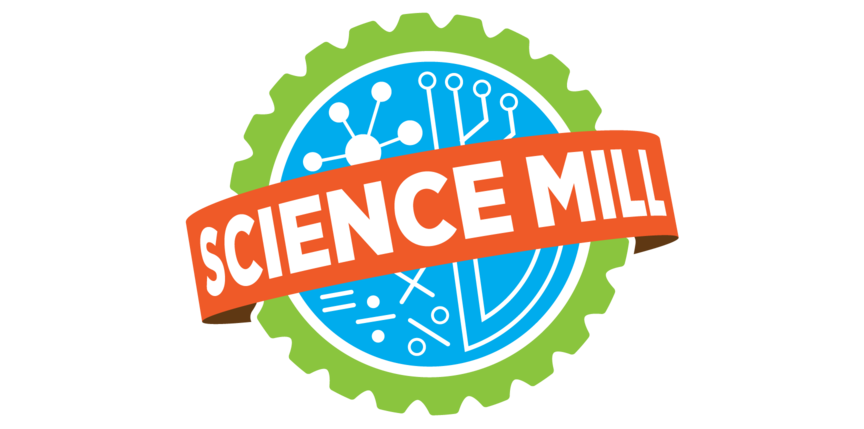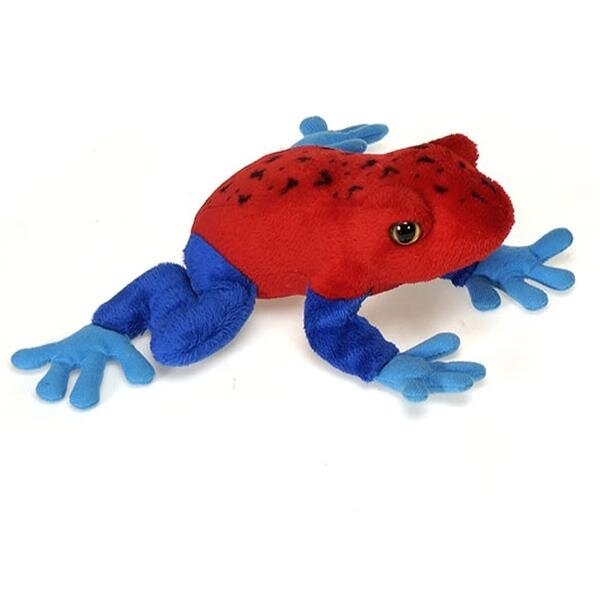Robot Mania returns to the Science Mill this March! To celebrate, we’ve rounded up great “robots for beginners” resources and paired them with a look at how an Austin company is creating a new kind of helper robot.
Photo: Diligent Robotics
Meet Moxi, a “cobot”—or collaborative robot—ready to help on hospitals’ front lines. Moxi’s co-creators, Dr. Andrea Thomaz and Dr. Vivian Chu, are experts in artificial intelligence (AI) and machine learning. Before starting their company, Diligent Robotics, they asked what fields might benefit most from AI-equipped robots. "We put our passion for pairing technology with human need to the test," Dr. Thomaz explained. "We realized that health care workers were the people we wanted to work alongside and help the most." They quickly found a need among hospital nurses.
In addition to seeing patients, hospital nurses run samples to labs, drop off prescriptions, get supplies and cover countless other simple but time-consuming tasks. In fact, these tasks can take up 30% of a nurse’s shift! What if a robot could give nurses back some of that time to focus on patients?
Thomaz, Chu and their team shadowed nurses on the job to better understand their needs. They created story boards to visualize the flow of work. They brainstormed and “bodystormed,” physically role playing to imagine different situations their design would need to address.
They identified four key traits for the robot: Teammate, Dexterous, Autonomous and Proactive. Unlike an automated warehouse or assembly line, a hospital is a public, changing environment full of social interactions. Their robot needs to fit in. It also needs to handle supplies and tools designed for human hands. And to really save staff time, it needs to complete jobs without prompting—but also know when to ask for help.
Co-creators Chu and Thomaz test a prototype of Moxi’s robotic arm. Photo: Diligent Robotics
Moxi started with a prototype arm and gripper hand. A rolling base added mobility. Sensors and cameras, linked to AI technology, allow Moxi to sense its environment in real time, recognize objects and take action. Moxi can hear the rumble of a supply cart, see it coming and know to move out of the way. Like a human, senses help Moxi learn: when a nurse introduces a new object, Moxi files away data on color, weight and size to help make a positive ID next time.
Moxi’s outer appearance is designed to be friendly and expressive. It’s practically a rolling emoji, with digital eyes that can become hearts. The eyes “look” in the direction Moxi is heading, to help people anticipate its path.
Programmed with floor plans and daily schedules, Moxie began making trial rounds at four Texas hospitals in 2018-19. Hundreds of working hours and thousands of tasks have helped the team find new ways to improve their design. Some they couldn’t have imagined, like the request from Dell Children’s Hospital to make Moxi fart! (The nurses were right: kids love it.)
Moxi is just one kind of medical robot. Other robots assist doctors in delicate surgeries. Robotic exoskeletons may soon help patients learn to walk. In the future, tiny nanobots could even deliver targeted treatments inside out bodies. COVID-19 has created new needs for robots. Around the world, teams are developing supply delivery robots, disinfecting robots, health screening robots and robotic arms that let staff safely operate equipment from outside patients’ rooms. Telehealth robots to help doctors “visit” homes are in the works.
Moxi now runs 22/7 for months at a time, often delivering PPE and COVID test kits. While a pandemic probably isn’t a scenario Thomaz and Chu imagined, their vision of collaborative robots helping humans is becoming a reality.
MORE TO EXPLORE
Robotics at the Science Mill:
Robot Mania – March 8-19, 2021
Battle with bots, code a human robot & try your (bionic) hand at Robo Operation
Colossal Robotic Hand
See how we built a 30-foot robot hand, plus activities & videos on the Explorer Zone
Critter Bots
Bring robotic animals to life by coding action commands like scratch, bellow & rattle!
At-home robotic activities & resources (including no-tech options):
Build a Robotic Hand downloadable paper template
Code a maze & Program a sandwich-making robot - pen & paper programming
Robots and People lesson plan & Is That Robot Real? pdf book
Robotics kits from our Science Store:
Robotic Hand (ages 8+)
Motorized Robot Hand (ages 8+)
Motorized Robot Head (ages 8+)
Other robotics kits we recommend for kids:
● LEGO Boost & Mindstorms ● Botley the Coding Robot ● Home Science Tools Bristlebots ● MakeBlock mBot Robot ● ROBOTIS KidsLab products
For more advanced projects, check out Arduino microcontrollers—they provide “brains” for robots (including our Colossal Robotic Hand) & have lots of cool tutorials.
Robotics clubs & competitions:
FIRST in Texas (or find other FIRST branches worldwide)
Several popular youth organizations also offer robotics programs:
(Try this biomimicry-inspired robotics activity from the Girl Scouts, too!)
































Think like a robot inventor!
The Moxi robot’s creation is an awesome example of the Engineering Design Process at work. Engineers, inventors and other innovators follow this series of steps to design, test and improve solutions to problems.
Introducing kids to this process can help them take their ideas further and develop their planning and problem-solving skills. Since the process is a circle, it can also help kids get “unstuck” or bounce back from a flop—just find a spot to jump back in. After all, real robot inventors repeat these steps A LOT!
ACTIVITY: Be a Biomedical Engineer
VIDEO: The Engineering Design Process for Kids
CAREER CONNECTIONS:
“When I was in high school, my chemistry teacher inspired me to join the robotics club; now, as a mechanical engineer, I volunteer at my old high school's robotics club so I can inspire more kids to pursue engineering careers.”
- Alfredo Serrato, Mechanical Engineer, Diligent Robotics, Inc.